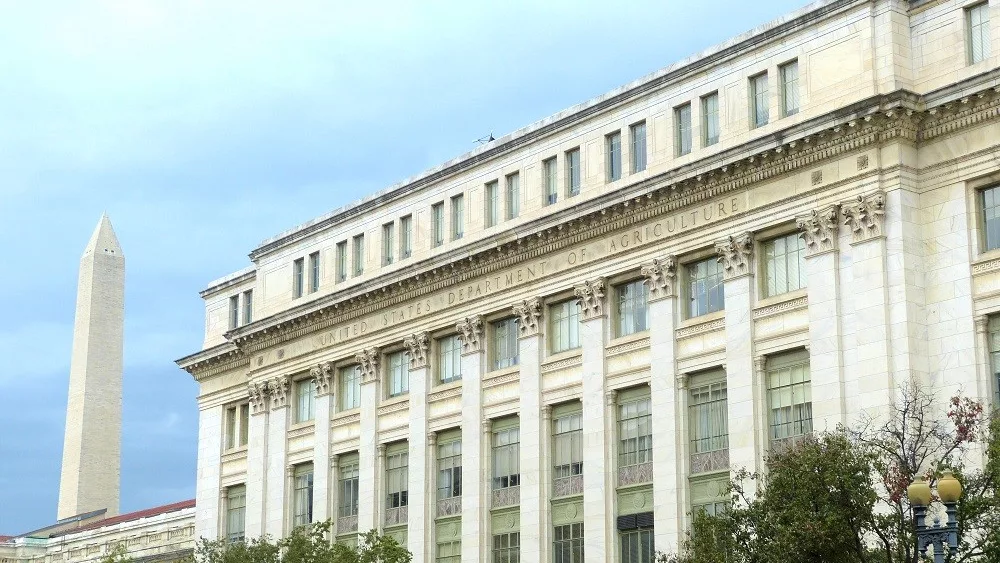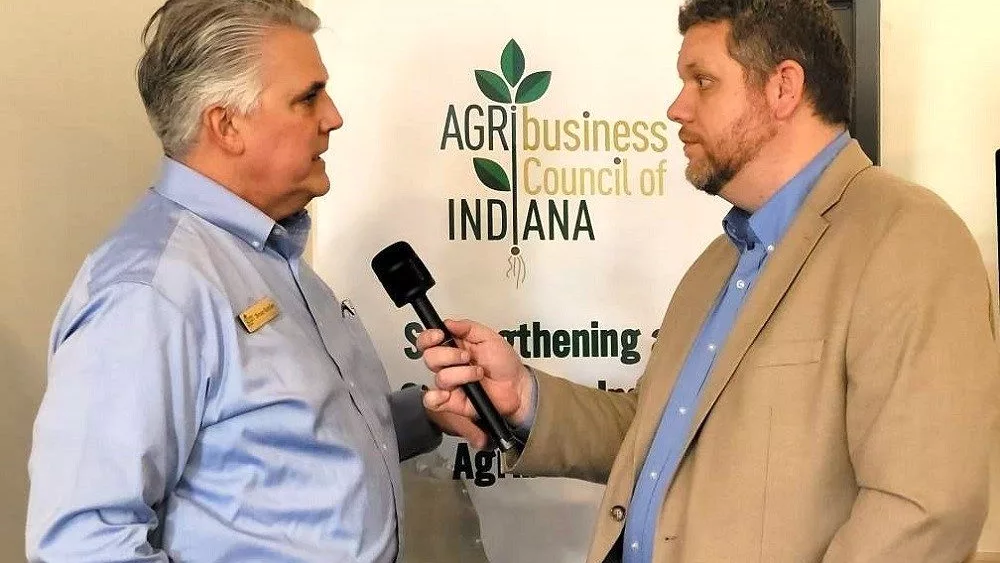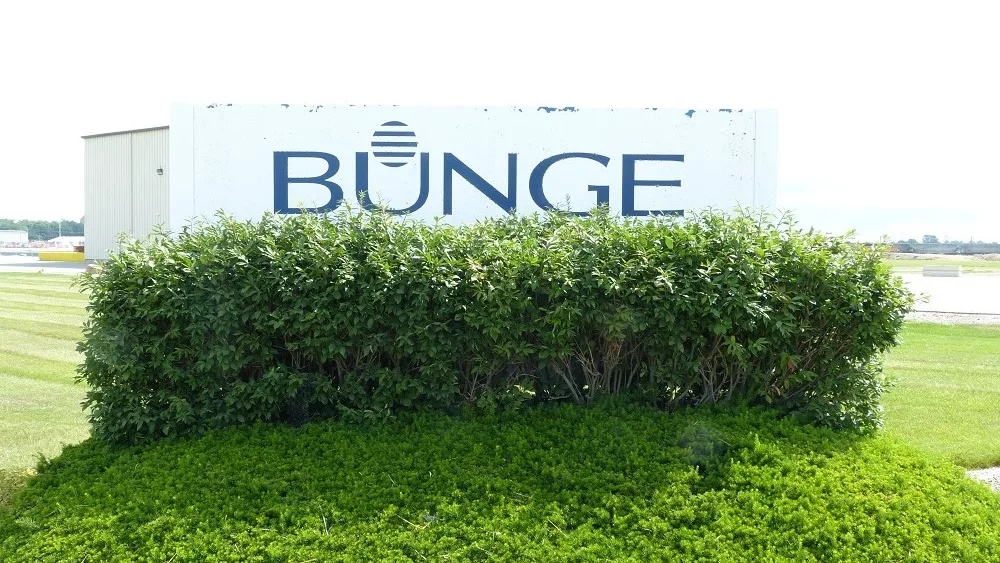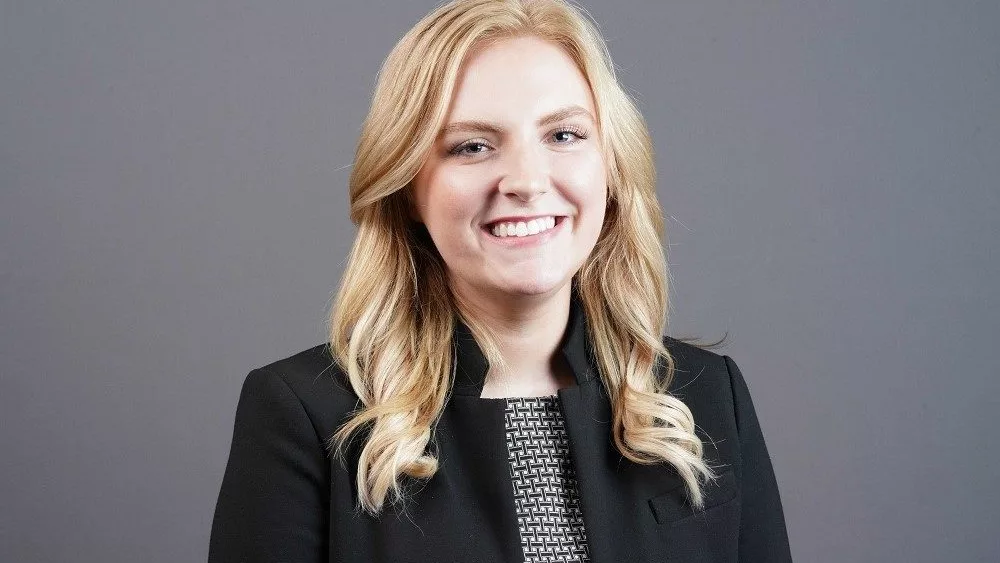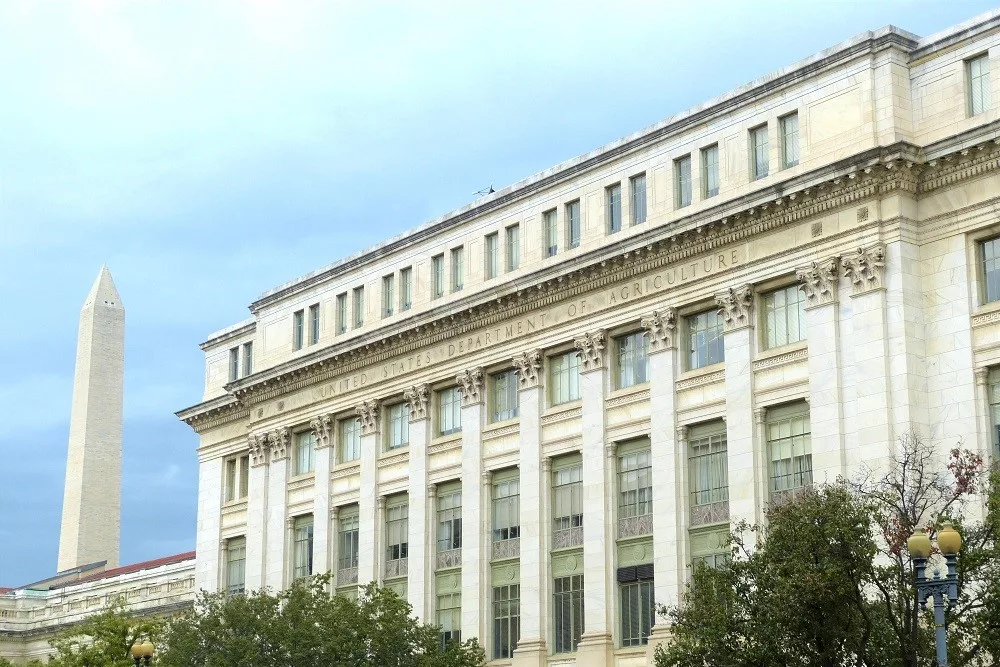
The U.S. Department of Agriculture (USDA) says it will begin issuing more than $2.14 billion in payments to eligible agricultural producers, and landowners—providing much needed support through key conservation and safety-net programs.
Producers should soon receive payments from USDA’s Farm Service Agency (FSA) for their participation in these programs aimed to conserve natural resources and keep family farms economically viable.
Specifically, program participants are expected to receive more than $1.7 billion through the Conservation Reserve Program (CRP) and CRP Transition Incentive Program (CRP TIP) and more than $447 million through the Agriculture Risk Coverage and Prices Loss Coverage (ARC/PLC) programs. Additionally, FSA is announcing an investment of $21 million for projects to better measure the effectiveness of CRP.
“Conservation and safety net program payments are significant investments in preserving and protecting our valuable and vulnerable natural resources and they provide protection for producers impacted by market volatilities,” said FSA Administrator Zach Ducheneaux. “These programs support voluntary land stewardship and provide agricultural producers with risk protection and production stability, keeping them in business and feeding the world.”
Conservation Reserve Program Payments
FSA is issuing more than $1.7 billion in annual rental payments to agricultural producers and private landowners through the Conservation Reserve Program and CRP Transition Incentive Program. These annual rental payments are made to eligible farmers and ranchers throughout the country who establish long-term, resource-conserving plant species, such as approved grasses or trees, to control soil erosion, improve water quality and enhance wildlife habitat on cropland taken out of production. The duration of CRP contracts is between 10 and 15 years.
FSA accepted offers for more than 2.2 million acres through this year’s Grassland, General, and Continuous CRP signups, bringing current enrollment to nearly 26 million acres.
These conservation-minded producers help provide invaluable benefits to the nation’s environment and economy.
Investments in CRP Monitoring, Assessment, and Evaluation
FSA invested $21 million in projects to further the monitoring, assessment, and evaluation of the Conservation Reserve Program (CRP). Projects funded this year include the adoption of emerging technology to increase knowledge on subjects such as the benefits of wetland restoration to mitigate flooding, contributions of CRP to wildlife habitat, and role CRP plays in strengthening the resiliency of agricultural operations.
FSA originally committed $10 million to the Notice of Funding Opportunity in May, but due to the quality of project proposals submitted FSA awarded more than $20 million. Since 2021, FSA has invested over $70 million into monitoring, assessment, and evaluation efforts.
The monitoring, assessment, and evaluation projects are designed to produce information that enables USDA to better target CRP toward conservation outcomes by improving data, models, and planning tools while supporting USDA’s goal of putting American agriculture and forestry at the center of climate-smart solutions. The land currently enrolled in the program improve water quality, protect soil resources, provide critical wildlife habitat and aid to climate resiliency within agricultural systems. Further quantifying program benefits allows the USDA to better target CRP to achieve continued conservation wins across environmentally sensitive lands while strengthening the program’s modeling and conservation planning resources for all producers.
Signed into law in 1985, CRP is one of the largest voluntary private-lands conservation programs in the United States. It was originally intended to primarily control soil erosion and potentially stabilize commodity prices by taking marginal lands out of production. The program has evolved over the years, providing many conservation and economic benefits.
Agriculture Risk Coverage and Price Loss Coverage Programs
USDA has started to issue payments to producers of 2023 crops that are estimated at more than $447 million through the Agriculture Risk Coverage (ARC) and Price Loss Coverage (PLC) programs. ARC and PLC provide financial protections to farmers from substantial drops in crop prices or revenue and are vital economic safety nets for most American farms. ARC and PLC program and crop specific data is available online and through your local FSA county office.
Authorized by the 2014 farm bill they can provide a cushion for farmers during tough economic conditions and fluctuating market prices.
More Information
For more information on available FSA programs, contact your local USDA Service Center.
Source: USDA Farm Service Agency

